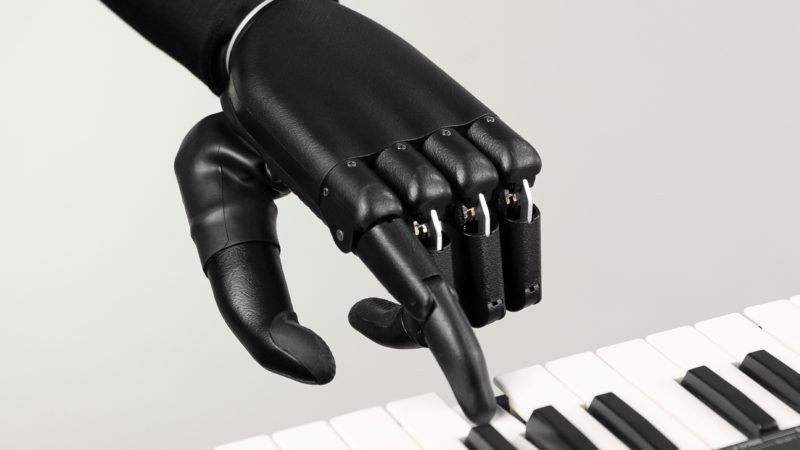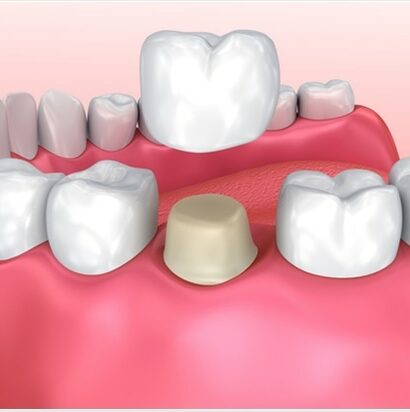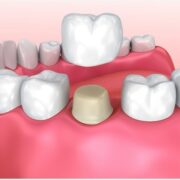Bionic arm systems have increasingly improved ergonomic and functional features and prosthetic fitting with these devices is emerging as the standard of care for upper limb amputees. While control of prosthetic arms is limited by the interface between the patient and the prosthesis, improved computing capacity and the ability to decode bio-signals by the prosthetic systems are leading to near-natural hand movements.
A review of the literature indicates that the initial fitting of a prosthetic arm within the first few months of amputation is desirable and effective in establishing acceptance and a consistent wearing pattern for the user. The amount of prosthetic training with the bionic systems as well as consistent use may also be an important factor in the prediction of optimal patient outcomes.
Many studies conducted over the past three decades have looked at the influence of certain factors in successful long-term use of various upper limb prostheses. The huge number of factors that could determine prosthetic arm choice explains that preferences vary greatly. Matching the patient with the most appropriate upper limb prosthesis is a challenge, and another factor that appears to exacerbate the option of prosthesis is that the prosthetic goals differ from person to person. For certain patients, prosthesis may be necessary to accomplish tasks of daily living, while for others, natural appearance and social integration may be of higher importance.
Over the years, various studies have been undertaken to determine the factors that affect the fitment of patient-appropriate bionic systems and their correlated implications on the user, all of which can be grouped as under –
- PATIENT FACTORS – Age, gender, cause and level of limb loss, overuse symptoms, phantom limb pain and sensation, stump and skin conditions, overall patient physiology and other comorbidities that influence the success of prosthetic fitment..
With respect to the successful fitment of bionic systems, amputee factors like age, skin conditions, stump factors and associated comorbidities must be noted as these largely affect the signal identification and processing and biofeedback afforded by the systems. Electrode selection must be made in accordance with availability of soft tissue and scars.
- PROSTHESIS RELATED FACTORS – Several prosthetic component factors such as the dexterity, grip strength, wrist control, and ease of controlling, reliability, size, weight, durability, donning comfort, speed and patterns of movement, fit and control affect amputee fitment.
Apart from these, various physical design features as well as functional characteristics of the prosthetic components largely impact the amputee’s energy expenditure, prosthetic use patterns along with ease of operations since complicated and heavy systems are cumbersome and will lead to extreme loss of energy levels.
- VOCATIONAL FACTORS – Transport and commute, holding and lifting objects, controlling and operating machinery/electrical equipment, stabilization and support of objects, catching objects, using computers.
Following upper limb amputation, amputees face issues in returning to their normal work routine, especially those amputees involved in manual work or work requiring extreme dexterity. In such situations amputees prefer a terminal device that can offer different grips and some degree of thumb movements to enable passive hand movements.
- PSYCHO-SOCIAL FACTORS – Support from family/friends, peer support, public reaction and stigma, fitting in, motivation, confidence, attitude, expectations, coping mechanisms, state of mind, perceived body-image
For people with upper limb loss, often, body image is a major constraint along with the cosmetic aspects of their terminal device, to avoid drawing attention and providing them with a sense of confidence and motivation. In these situations, cosmetic coverings over the hands can be approximated to the skin tone of the limb, for a more natural appearance.
Apart from these factors, various other factors such as accessibility to services and professional expertise and guidance also determine the most appropriate option and outcome for amputees.
Considering the large number of factors in play, it can be concluded that emerging bionic prosthetic systems may improve patient compliance and provide more dexterous and life-like features, owing to its advanced, user-friendly features, making it an ideal choice for patients wishing to return to their normal lives.













